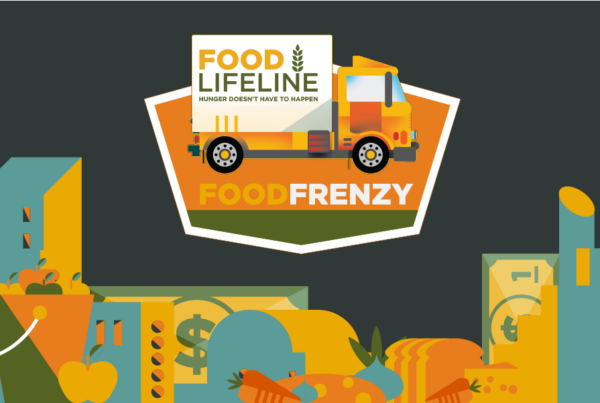The Supplemental Nutrition Assistance Program (SNAP), known as Basic Food in Washington State, helps low-income individuals and families purchase food. SNAP is the largest nutrition assistance program administered by the United States Department of Agriculture. Close to 70% of SNAP participants are in families with children and more than one-quarter are in households with seniors or people with disabilities. In FY14, 1,095,551 people participated monthly in SNAP in Washington State, with an average monthly benefit of $117.71 per person.
Past research has shown that food insecure people tend to be overweight or obese when compared to the general population. There are many reasons this is true such as low-income individuals purchasing low cost, high calorie foods to stretch their dollars further; others overeat when food is available because they do not know when their next meal will come.
Interested in the paradox between obesity and hunger, researchers set out to better understand the relationship between SNAP recipients, weight, and quality of diet. Their study, titled “The Supplemental Nutrition Assistance Program, Food Insecurity, Dietary Quality, and Obesity Among U.S. Adults,” was published earlier this year.
This study examined 8,333 adults living in households with varying access to food, ranging from those who consistently have enough food to those who frequently find themselves without enough to eat. The results were consistent with existing research but some new trends also emerged. Like research in the past has shown, SNAP participation and food insecurity are closely linked to lower quality diets and obesity. Researchers found, however, that food insecure households participating in SNAP are healthier and have lower obesity levels than their food insecure counterparts that did not receive SNAP benefits.
They also noticed differences among racial groups. Their research revealed that Hispanic and white adults that participate in SNAP tend to be healthier than African American and mixed-race Americans. The researchers are careful to note that there are many reasons for this difference, including the fact that many African and mixed-race Americans are less likely to have access to healthy food choices.
This new study provides interesting insight into how SNAP benefits positively impact people who are food insecure, but also highlights significant disparities between income, access to food, and race. While we can learn a lot from this report, it is clear that more research on this subject is needed to help us better understand the complex relationship between SNAP, food insecurity, health, and race.





